 (modifié de Coste, Flore de la France 1937) :
(modifié de Coste, Flore de la France 1937) :
Photos des plantes locales plutôt resemblantes V. riparia ; les differences de V. vinifera en rouge. Dans notre région, jusqu'à les annéés '50s, on cultivait des epspèces des États-Unis, sans greffes. Ils font peut-etre des hybrides entre V. riparia, V. berlanandieri et V. rupestris. Elles sont impossible de differencier. D'ailleurs, ils peut être des restes des portes-greffes des États-Unis qui ne portent pas les characteristiques de Vitis vinifera.
Arbuste sarmenteux, grimpant, muni de [petities vrilles ou presque sans vrilles] opposées aux feuilles.
Écologie : (répartition d'après la flore) Bois et rochers bien abrités de tout le Midi. Autrefois cultivé en grand dans notre région.
Répartition hors de France : Europe méridionale ; Asie occidentale ; Afrique septentrional
 (modified from translated Coste):
(modified from translated Coste):
NOTE: the French text is more complete and up-to-date
Photos are of local plants most resembling V. riparia; differences from V. viniferaa in red. In our region, up to the 50s, the North American species were cultivated without grafting. They are likely to be hybrids between V. riparia, V. berlanandieri and V. rupestris. They are impossible to distinguish apart. Elsewhere, they may be remnants of American root-stock which do not show the characteristics of Vitis vinifera.
Climbing, climbing shrub, with leaf-opposed tendrils, [which are small or non-existent]
Ecology UK: Not native to the UK - France: Wood and well sheltered rocky areas throughout the Midi. Widely cultivated in local area until the 1950s.
Distribution outside France: Southern Europe; Western Asia; Northern Africa
Fleurs : régulières, petites, verdâtres, odorantes, en thyrses denses, opposées aux feuilles, d'abord dressés, puis penchés ; calice monosépale, à 5 dents très courtes, caduques ; 5 pétales, soudés au sommet et à la base, très fugaces ; 5 étamines, insérées sur un disque hypogyne glanduleux, opposées aux pétales ; 1 style très court, stigmate en tête
Floraison France : Fl. juin, fr. septembre-octobre
Flowers: regular, small, greenish, fragrant, in dense pyramidal inflorescences, opposite the leaves, first upright, then pendant; calyx with one sepal, 5 very short teetth, deciduous; 5 petals, welded at the top and the base, very fleeting; 5 stamens, inserted on a glandular hypogynous disc, opposed to the petals; 1 very short style, stigma at head
Flowering UK: (none) - France: FL. June, fr. September-October
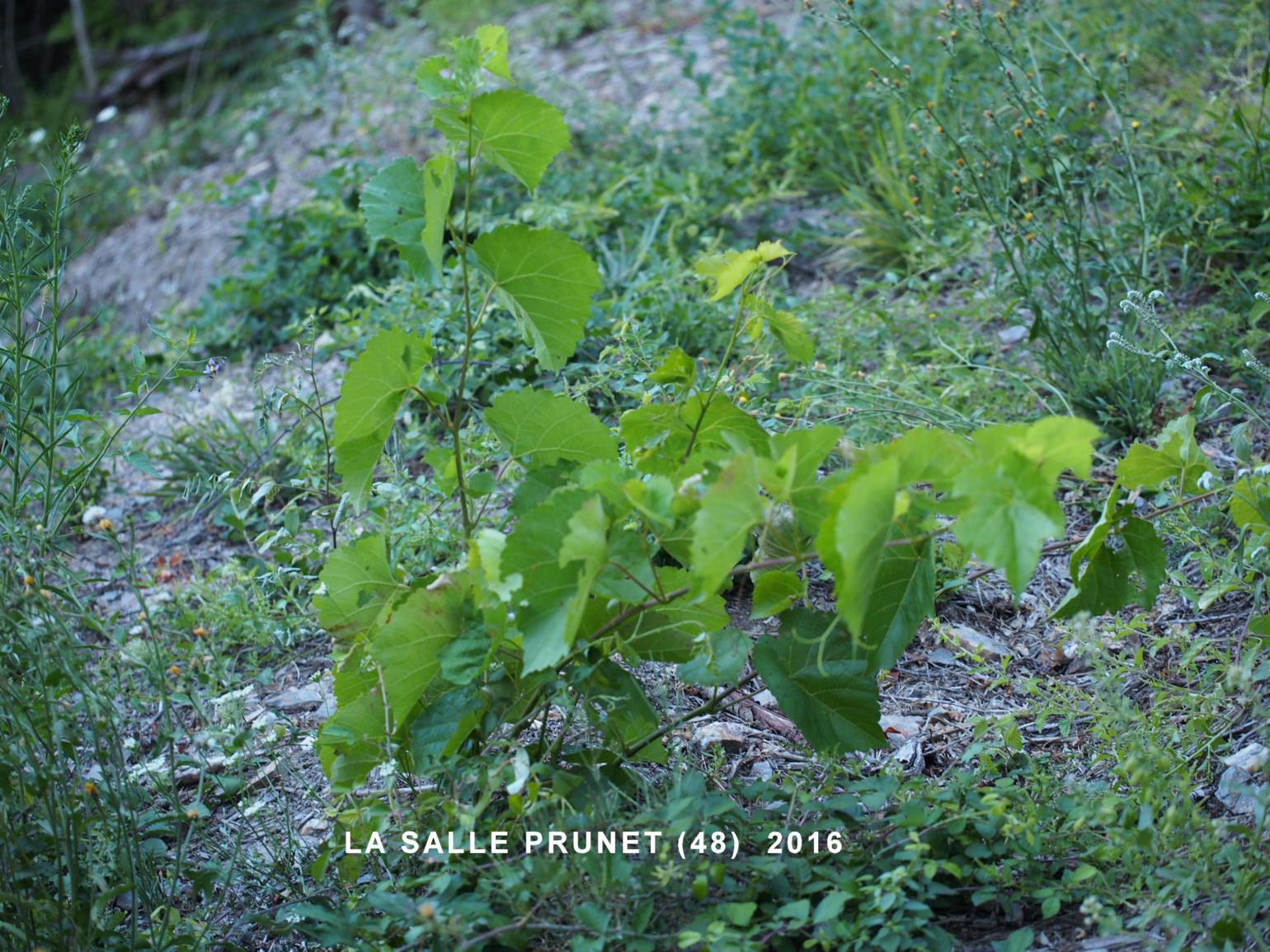
 Vine, Grape
Vine, Grape
 Vigne des rives
Vigne des rives
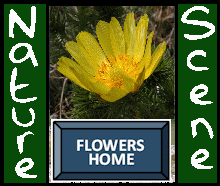


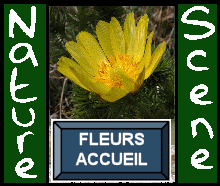
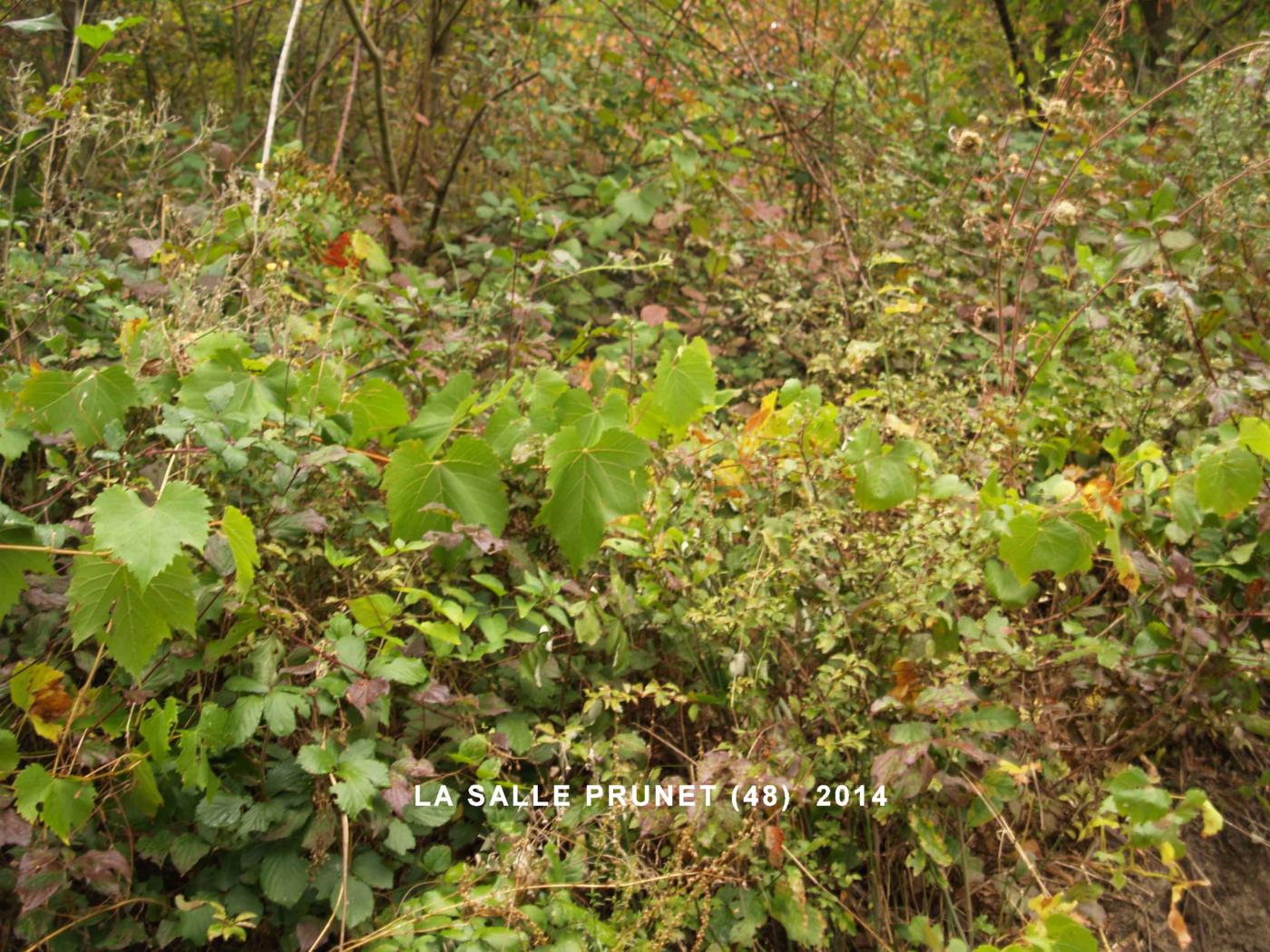

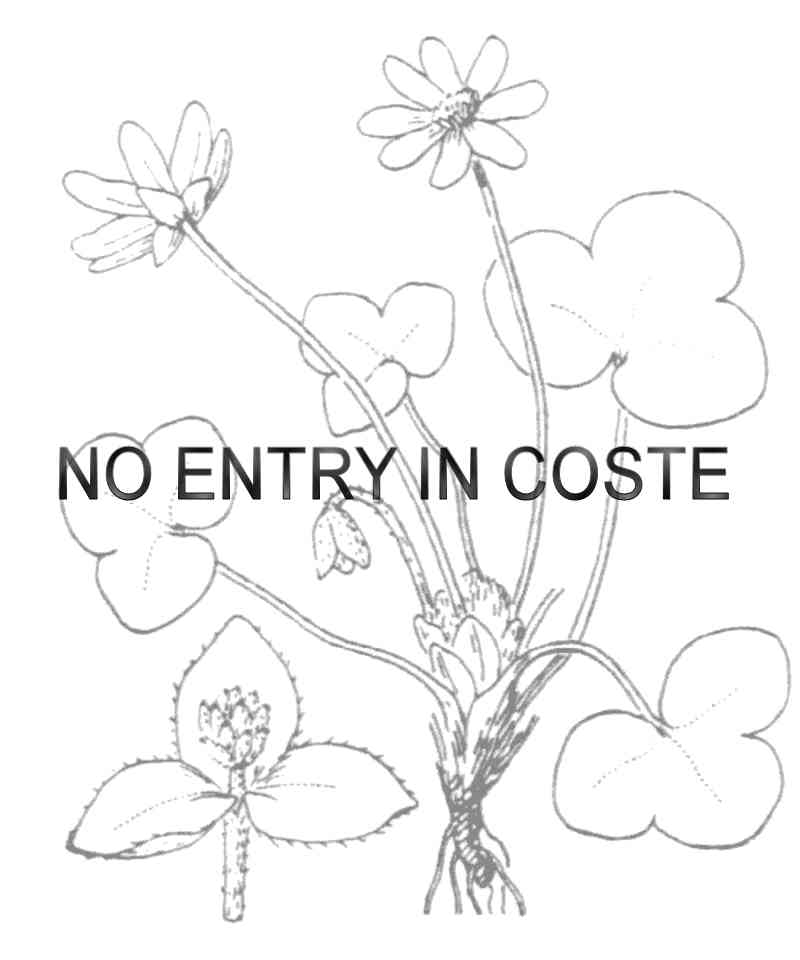
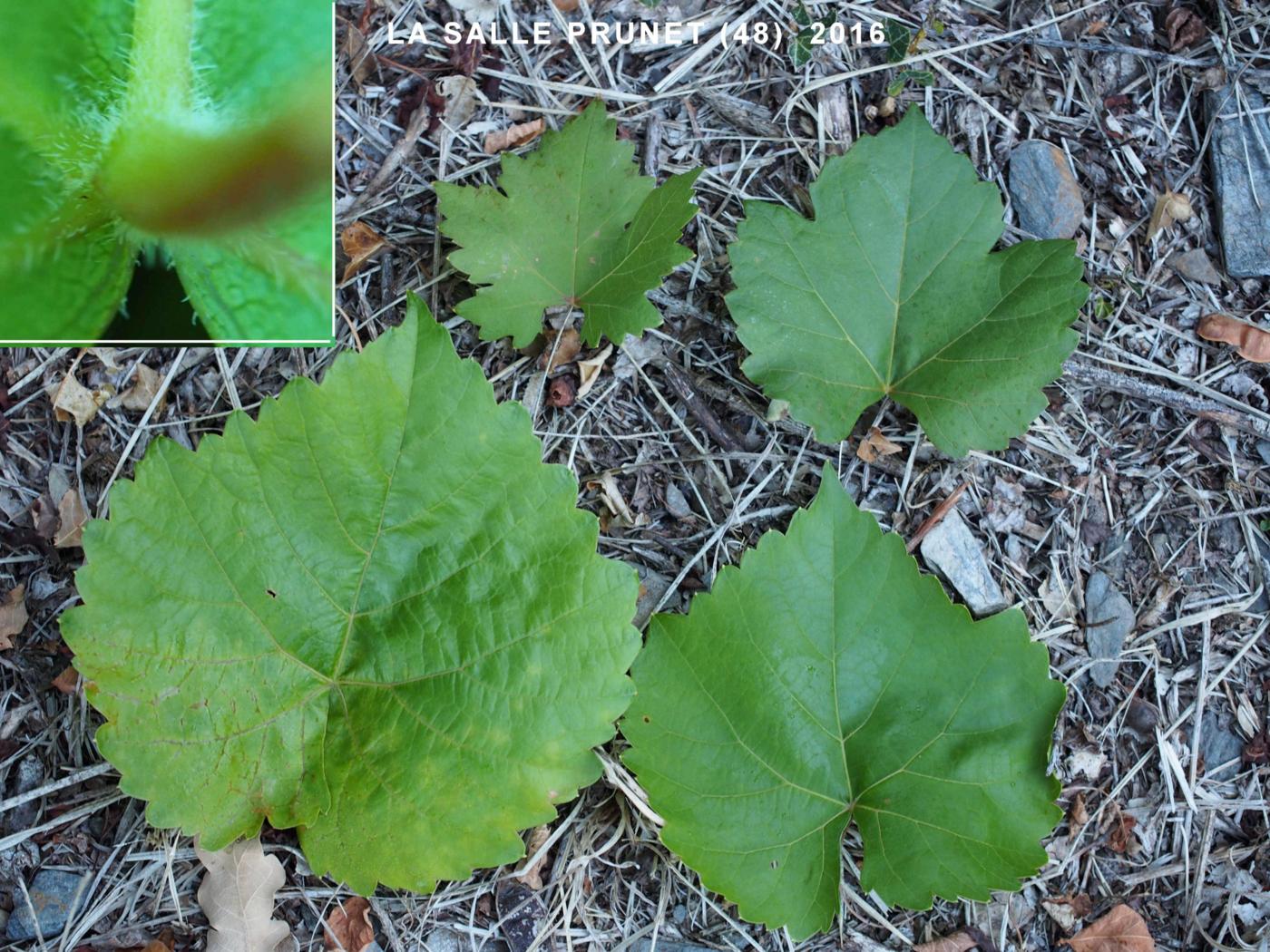
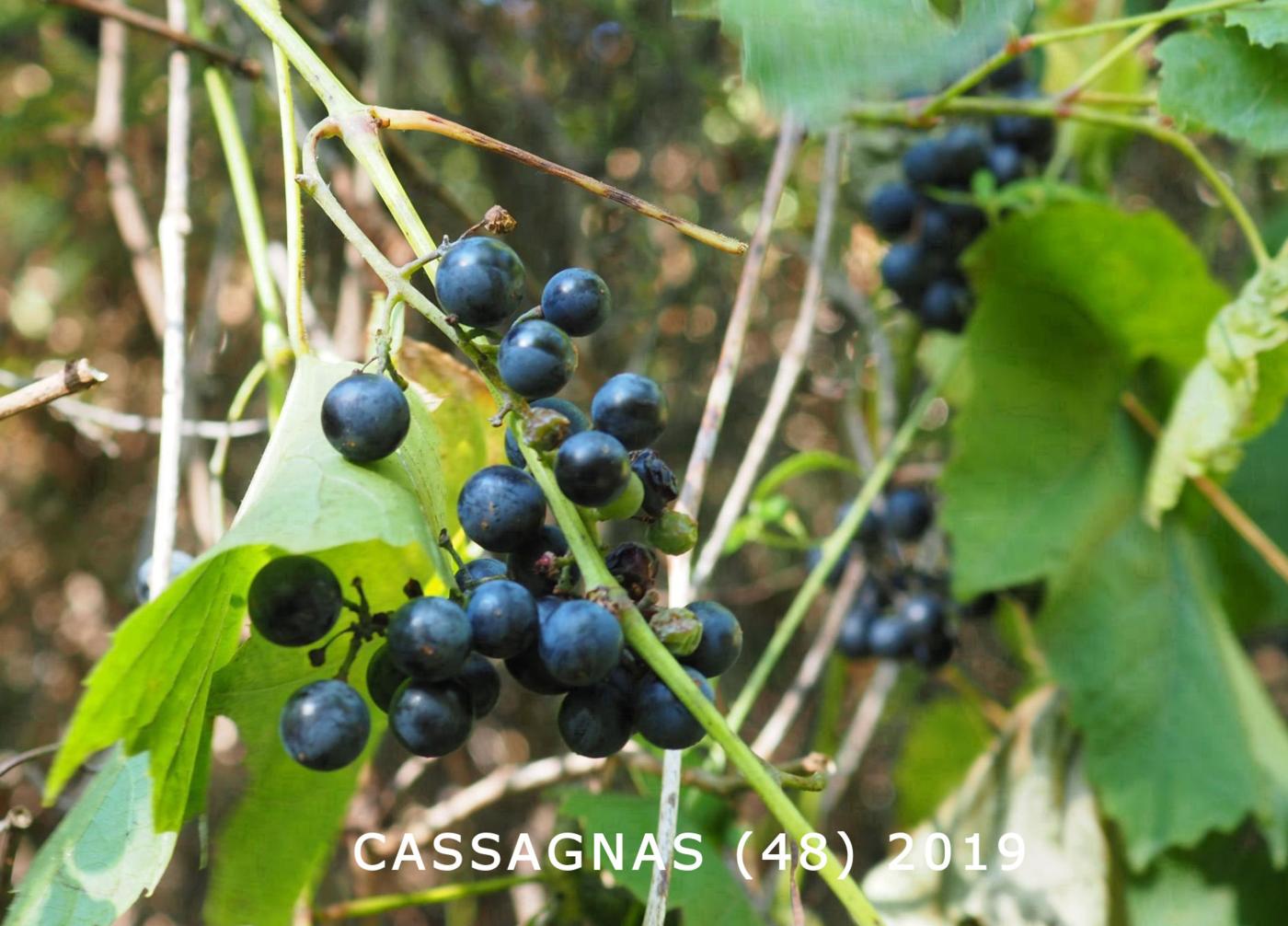
 Please
consider
Please
consider 











